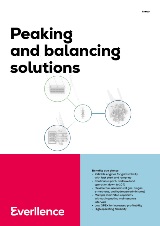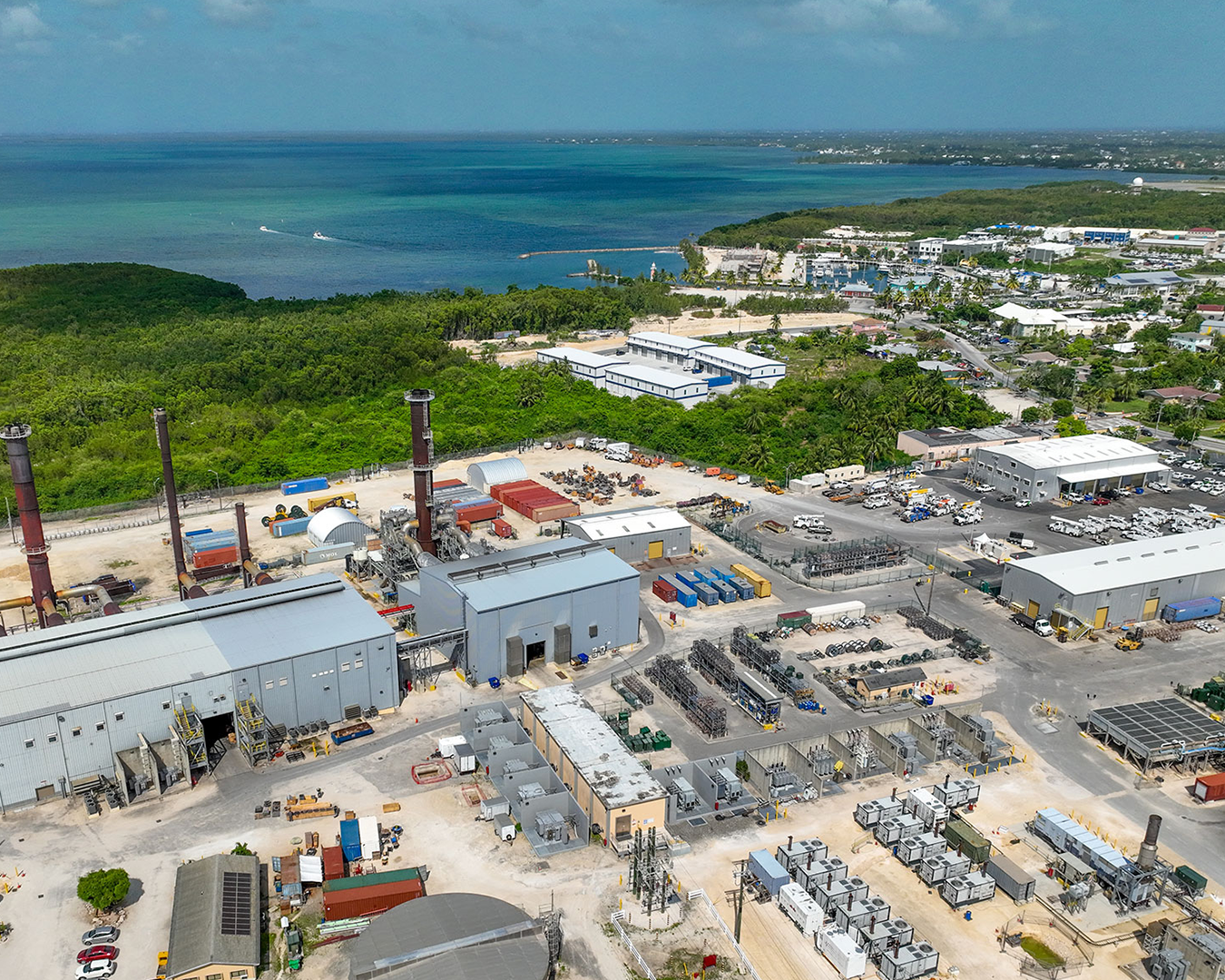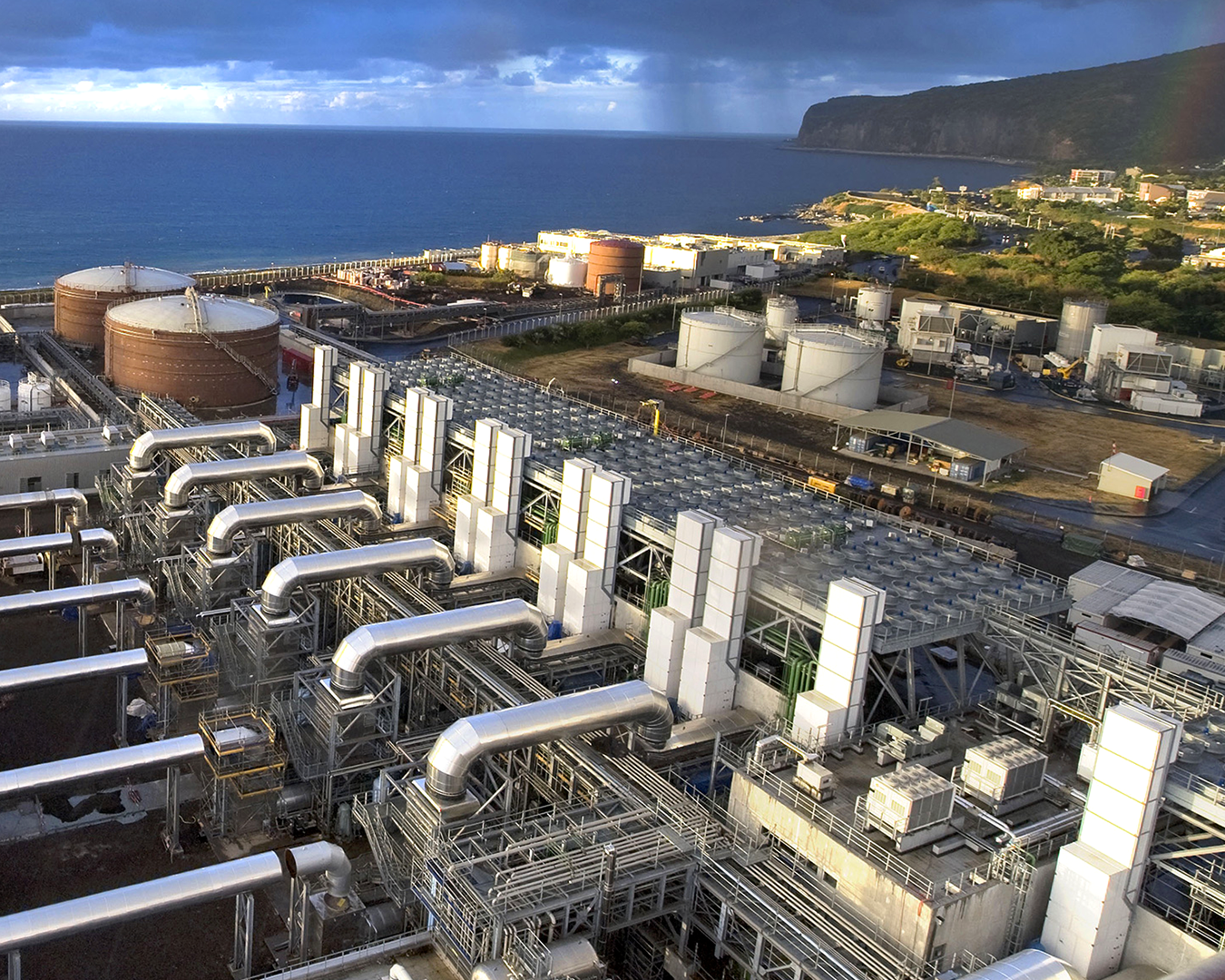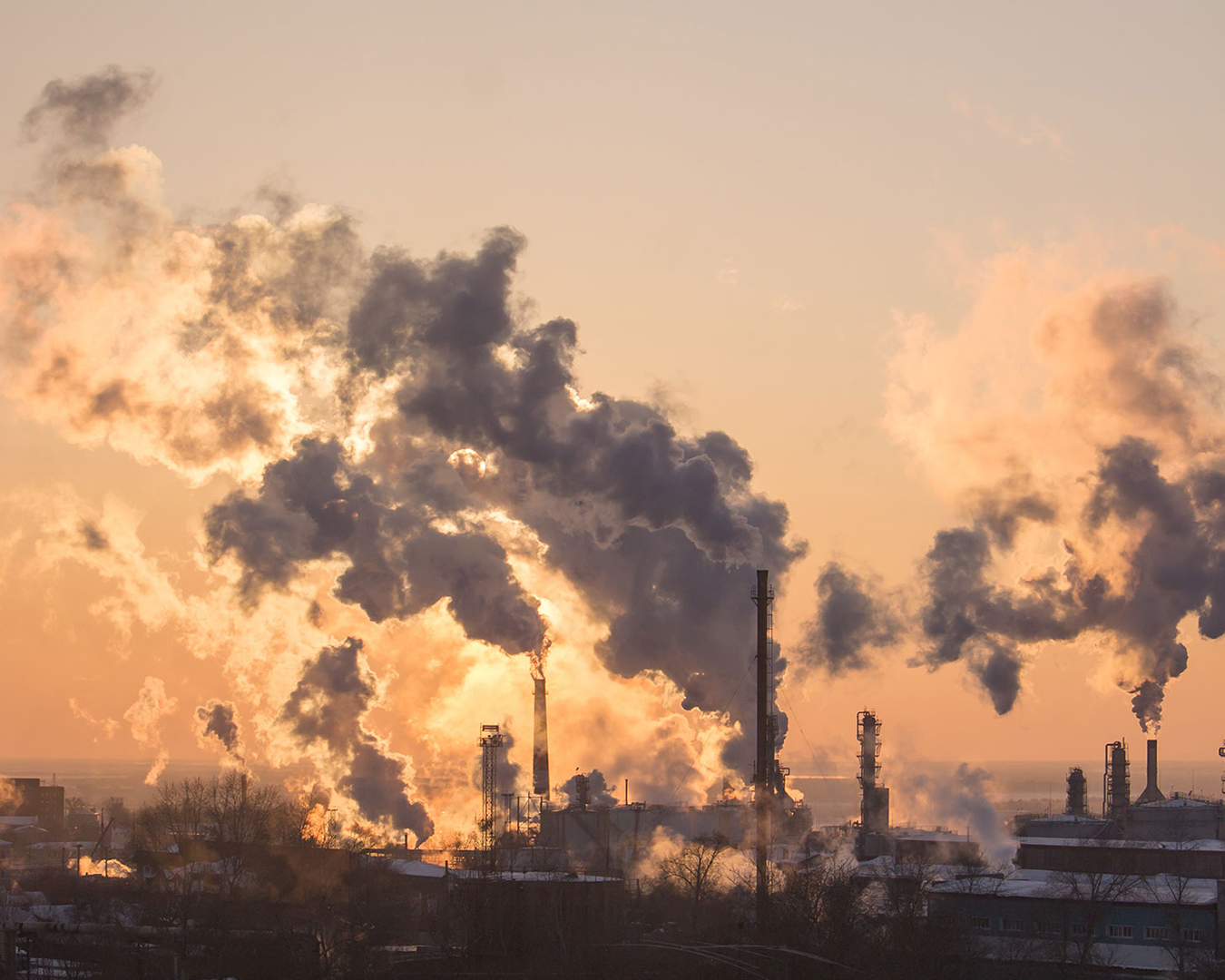

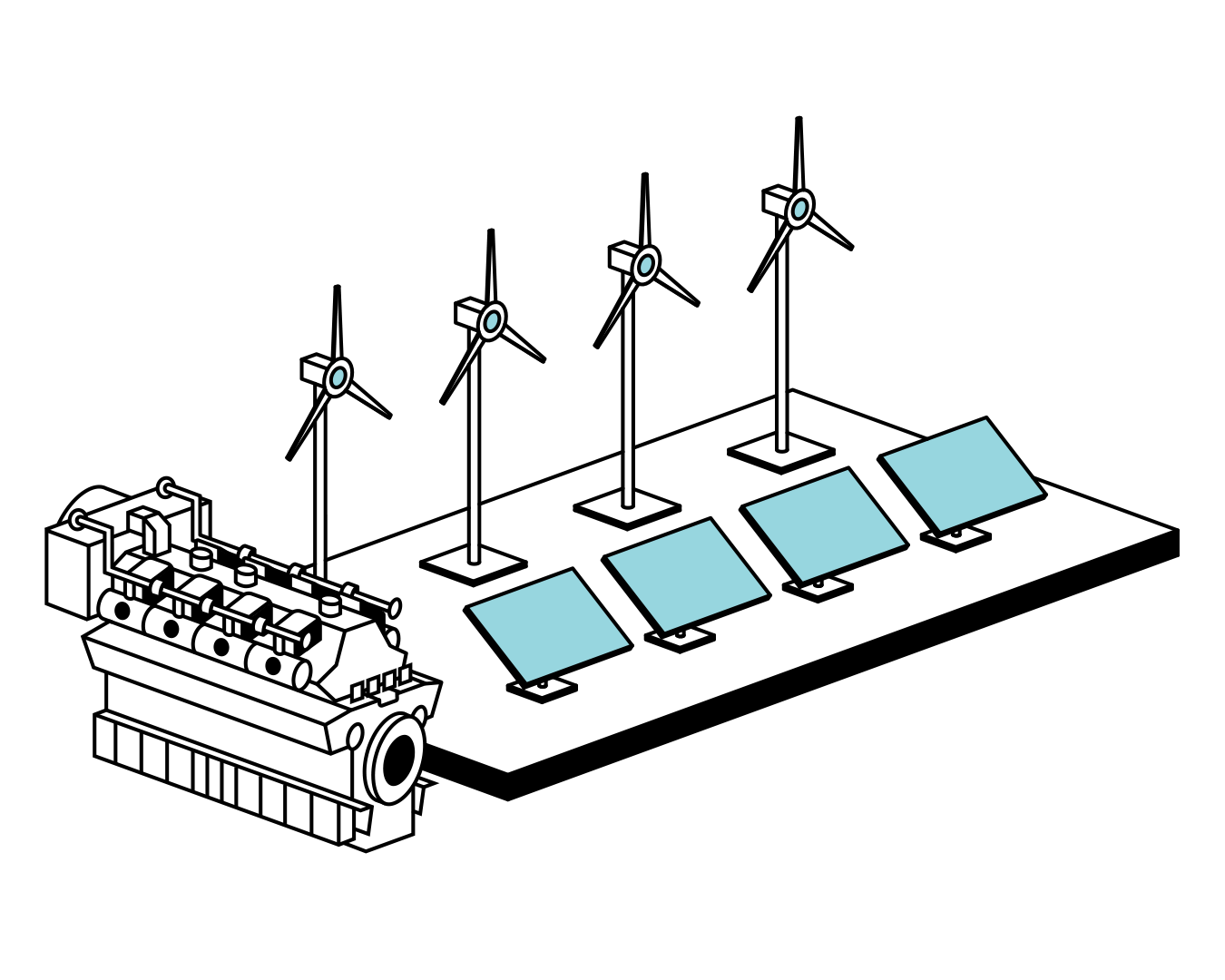
Balancing plants with future-proof engines
Fast start-up times, superior efficiency, even at partial and low loads, and reliable and flexible operation make Everllence engines a highly valuable asset in the energy system. The high power density of our engines enables compact plant designs and optimized investment. And, of course, they comply with current emission regulations. But what about the future? Our future-proof engines can be converted to future fuels, preparing you for the transition to carbon-neutral fuels.
Medium-speed engines vs aeroderivative turbines
What if your balancing plant could deliver more than just power? Engines respond in minutes, maintain stable output when temperatures rise or altitude increases, and maintain high efficiency even when running at low load. Unlike aeroderivative turbines, they combine fast-start capability with consistent performance and the resilience to handle frequent starts and stops without added wear. The result is a technology that adapts to real-world grid demands and delivers reliable balancing power whenever it’s needed most. See how our engines compare to aeros — and why these differences matter for every grid, every day.
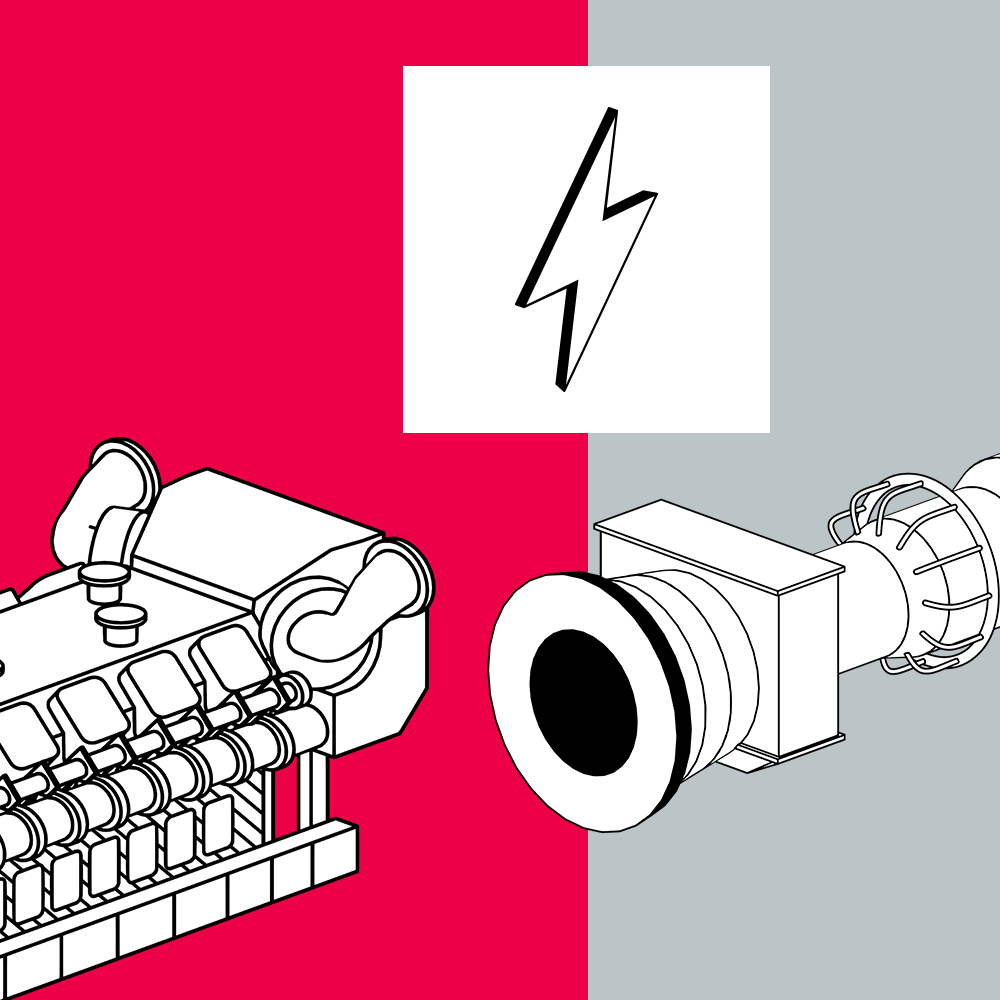
Key benefits
The Everllence future-proof engine range
Our gas engines are built for tomorrow’s energy demands: H₂-ready today with up to 25% hydrogen in the gas mix – and upgradeable for 100% hydrogen operation through future retrofits. That makes them a reliable bridge to hydrogen-based power generation. Additionally, they can run on renewable alternatives like biogas or e-methane – cutting emissions without sacrificing performance.
Our dual-fuel engines offer outstanding fuel flexibility. They operate on both gaseous and liquid fuels – including advanced liquid biofuels – and can dynamically switch between them during operation. This gives you the freedom to adapt to shifting fuel availability, market conditions, and sustainability goals.
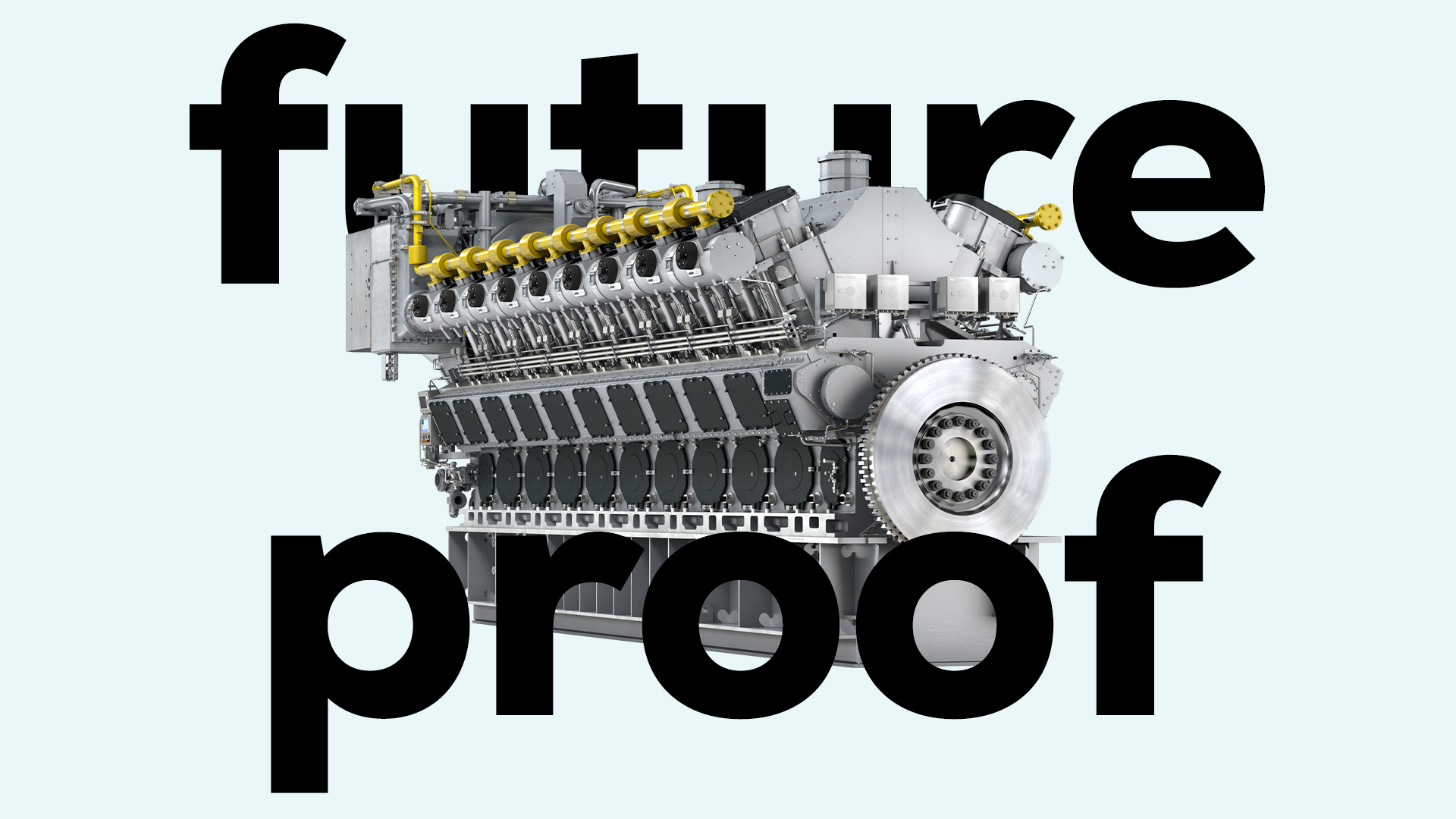
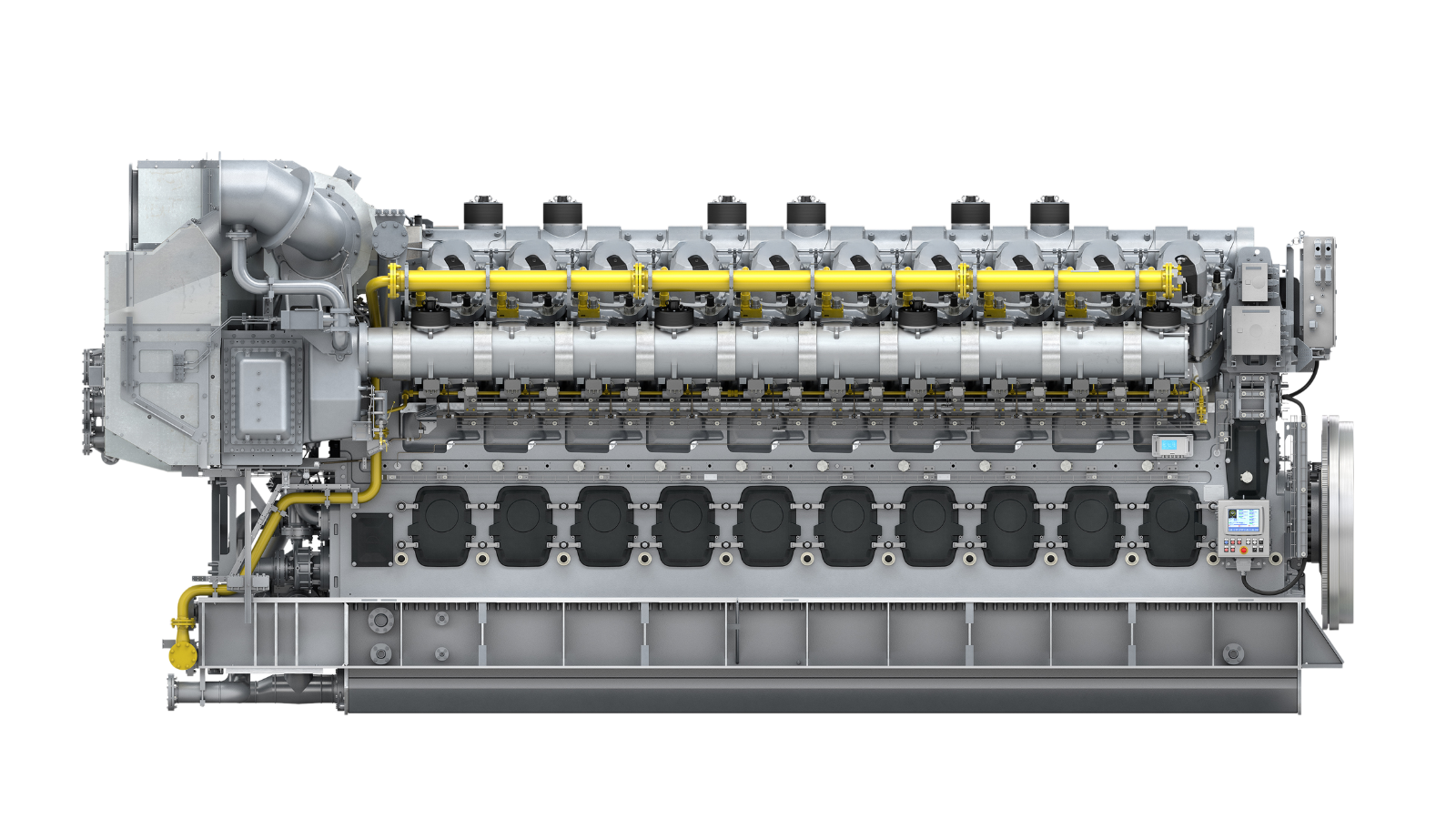
This compact engine delivers ultimate performance and top efficiency with low emissions – and is also available with two-stage turbocharging.
- Engine speed: 720/750 rpm
- Frequency: 60/50 Hz
- Up to 12,800 kWm
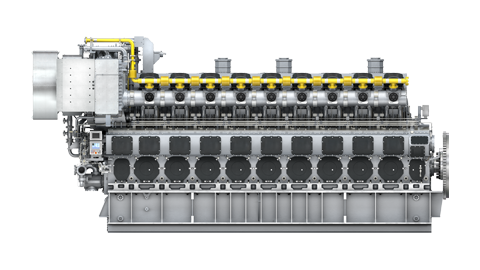
With best-in-class power output and low emissions, the 51/60G is setting new standards for gas engines. It is also available with two-stage turbocharging for superior performance.
- Engine speed: 500/514 rpm
- Frequency: 50/60 Hz
- Up to 20,700 kWm
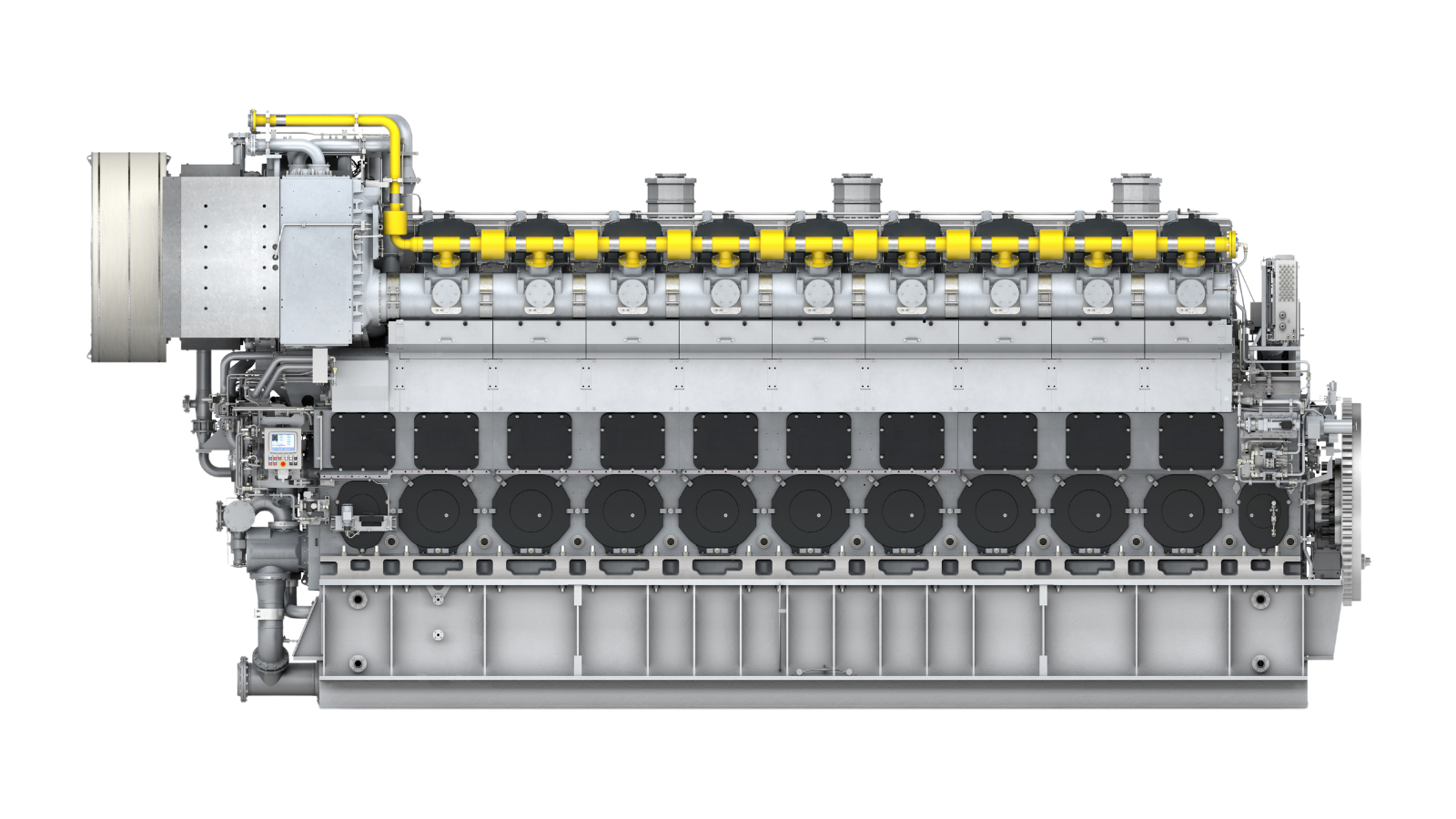
This dual fuel engine converts diesel or natural gas efficiently, and can switch from one fuel to another without any fluctuations in speed or output. It's also possible to easily upgrade our 51/60 engine to dual fuel capability if necessary.
- Engine speed: 500/514 rpm
- Frequency: 50/60 Hz
- Up to 20,700 kWm
Energy transition scenario
Energy markets need stable power grids. As soon as RES takes over the base-load you need flexible and efficient balancing technologies. In the graphic below we see a long-term scenario in which engines provide economic and flexible balancing - here with a share in generation of 31% and fueled by hydrogen. Batteries and gas turbines can only participate with a lower share.
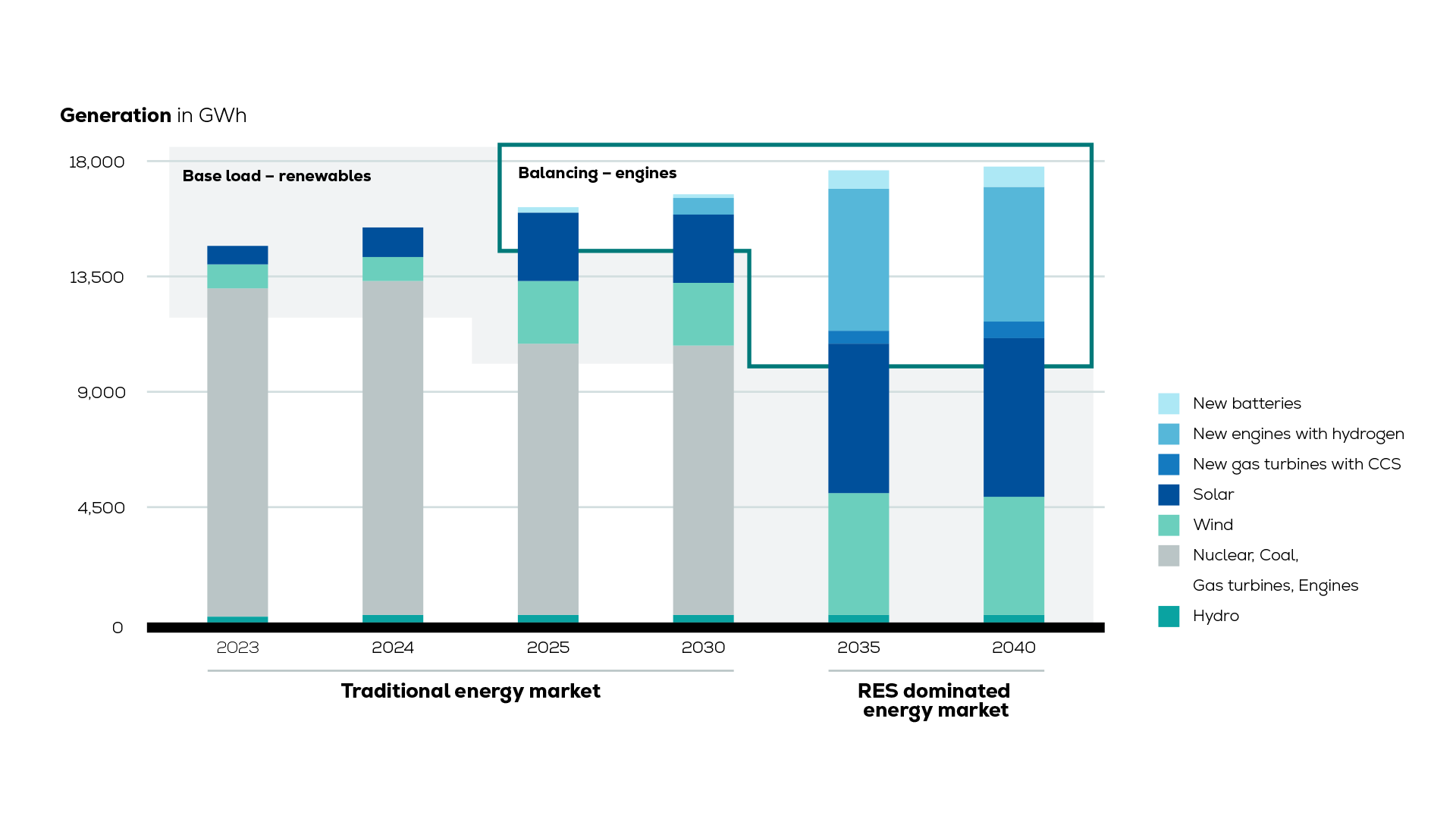
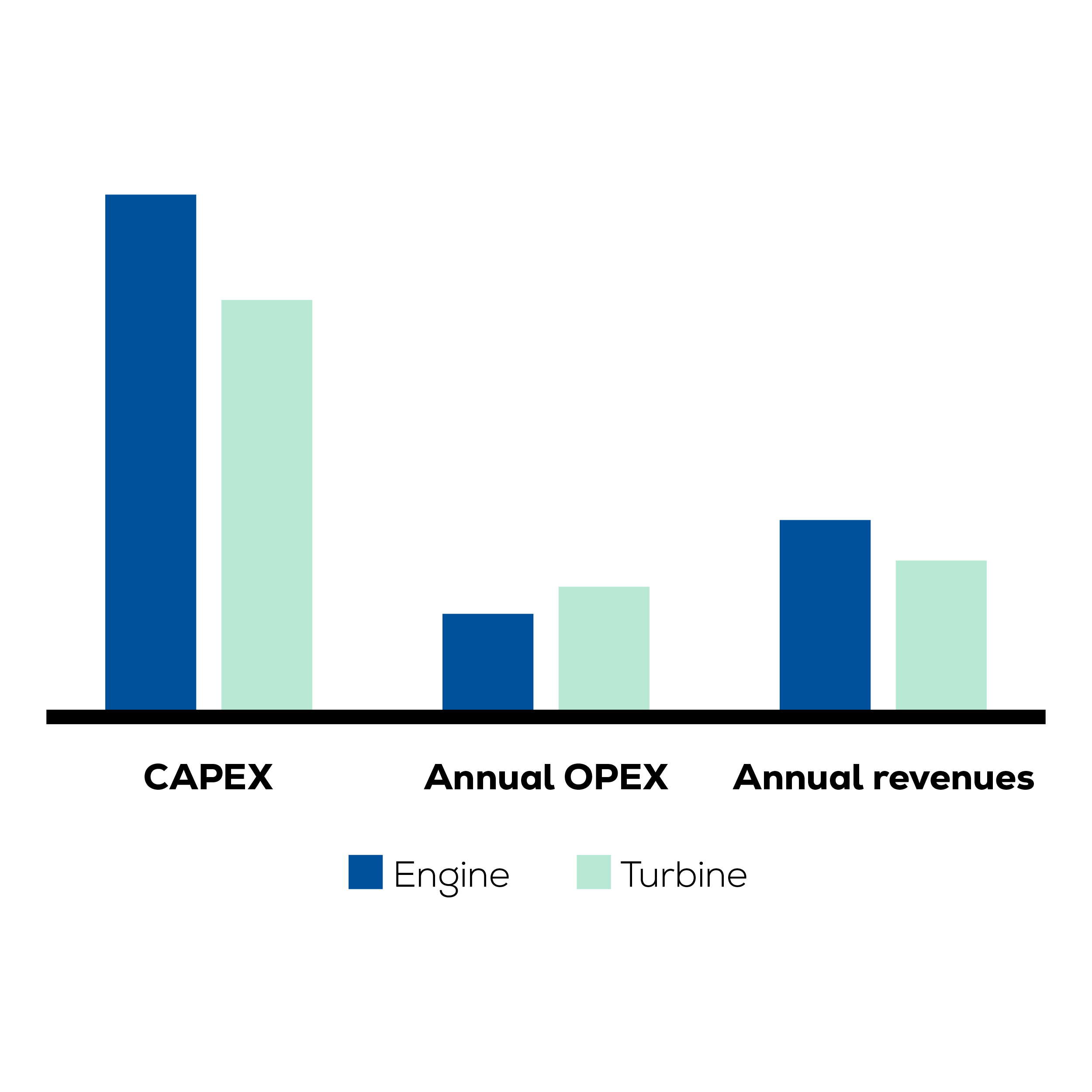
Fluctuating energy market scenario
Energy markets are becoming more volatile. Prices are highest when only low levels of wind and solar power are available.
Highly flexible future-proof engines are an ideal way to provide balancing power during these times. Despite usually having a higher initial investment cost than gas turbines, operators benefit from lower operational cost due to the better efficiency of these engines. Here, the financial benefit increases with transition to more expensive future-proof fuels. Furthermore, the fast response time of engines allows for participation in real-time electricity markets, providing the opportunity for higher revenues than turbines.

Contact our Everllence energy support experts
Balance your RES grid
By smoothing power fluctuations and providing system flexibility, our engines enable the integration of RES into the grid. High levels of renewable energy combined with highly fuel-efficient green engines ensure maximum CO2 reduction.
Downloads
Continue reading
